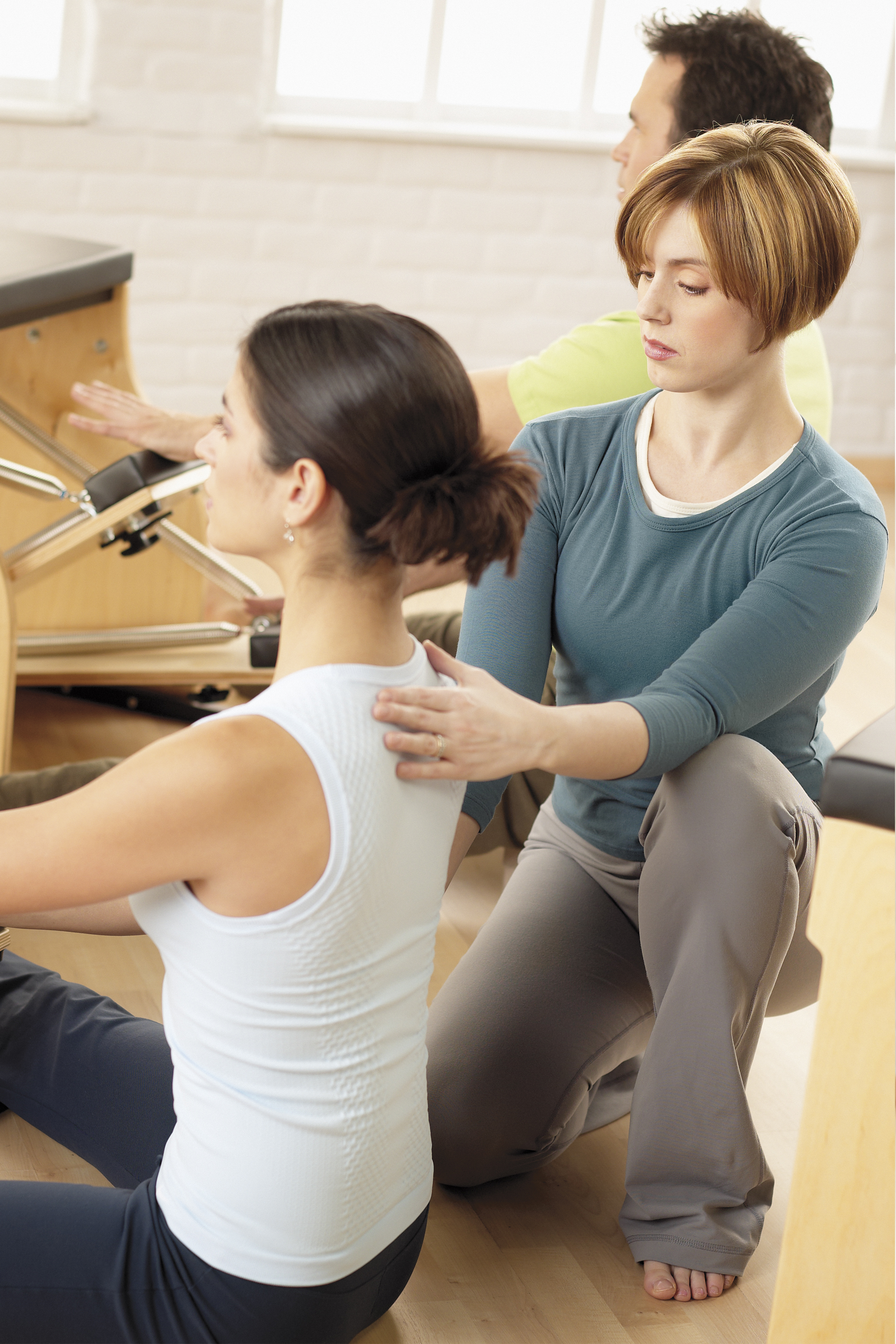
The Functional Anatomy course is geared toward students needing to refresh their knowledge in anatomy or for students who are required to fulfill the anatomy prerequisite before entering the Intensive Program.
The classroom-style presentation utilizes visual aids and hands-on techniques providing students with a thorough review of anatomy basics which can be applied to all repertoire, as well as functional activities and movement.
This course uses lectures, demonstrations and group activities to teach basic anatomy fundamentals. There is a focus on anatomical terminology, which includes anatomical position, planes of motion, types of movement, names and locations of the majority of the bones in the body, locations and actions of joints, major muscle groups and the individual muscles’ origins, insertions, and actions. Select exercises from the STOTT PILATES® repertoire are also broken down and analyzed in terms of the functional anatomy at play. Participants will deepen their understanding of the body and enhance their teaching with improved exercise selection and programming.
General Course Objectives:
- Anatomical position and the importance of it
- The bones that make up the axial and appendicular skeleton
- Names and locations of bony prominences and landmarks
- Terms of direction and relationship and their application to movement
- Types of joints and the movements available at the joints
- Types of muscular contractions including the application of force
- Origin, insertion and action of muscles
- Application of functional anatomy to select STOTT PILATES® exercises and movements
Prerequisite:
There is no prerequisite for this course.
Duration:
30 Hours instruction
Continuing Education Credits
3.0 STOTT PILATES credits
Price:
Course: $750
Required Course Materials:
- Trail Guide to the Body by Andrew Biel
- Muscular System Flash Pak by Bryan Edwards
Recommended Course Materials:
- Anatomy Flash Cards by Anne Gilroy
- Atlas of Anatomy by Gilroy, MacPherson, Ross
- Anatomy of Movement by Blandine Germain
